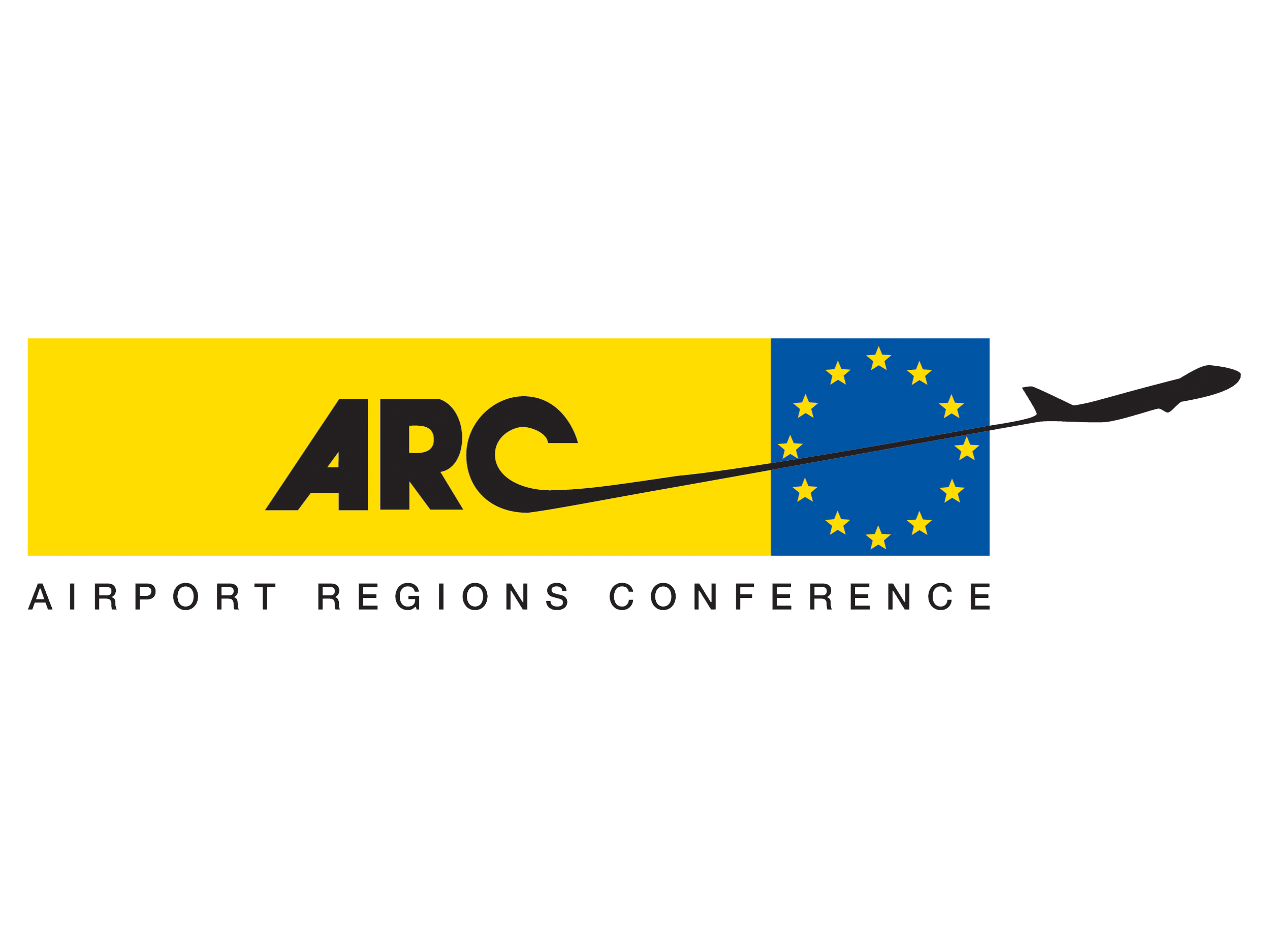Inclusive job design potentially a solution for skills mismatch
- Airport Regions

- Jun 18, 2019
- 3 min read
One of the key challenges faced by airport companies today is recruitment. In fact, one employer in three reports difficulty in filling vacancies (Cedefop, 2015). Meanwhile, job seekers do their best to acquire the right skills that companies require. Therefore, matching skills and jobs is a high-priority policy concern for both unemployed people to get the right job and companies to fill their vacancies and grow.
DREAAM project partners continue to investigate the role of vocational education and training in addressing the skills mismatch. Recently, partners met in the city of Beek, the Netherlands, for a project meeting hosted by the Municipality of Beek and Municipality of Sittard-Geleen. The Maas-Rhine Euroregion currently faces several challenges, such as limited employment mobility, mismatch supply and demand in employees’ market, low labour participation, market limitations caused by national borders, and ageing population. The region is in high demand of workforce, with an unemployment rate of only 3.5%. As a consequence, the region is focusing its efforts on training people with the aim of fulfilling the needs of the labour market.
Partners had the chance to visit several organisations and training centres, such as the Maastricht Aachen Airport, SAMCO Aircraft Maintenance, Aviation Competence Centre, Acaleph Training Institute, VDL Nedcar and its technical college, and Vixia. In these cases, the skills mismatch is often addressed through work-based learning, meaning that employees receive in-house tailored training that addresses the specific needs of the employer. Moreover, targeted training is also seen as a solution to match the various “levels” of skill needs that companies require. Thanks to targeted training, the gap between the needs of companies and the skills of the jobseekers is being reduced.
What particularly stood out from these study visits is the concept of inclusive job design. This approach could lead to creating jobs for people with a distance to the labour market. Inclusive job design is a method through which an employer creates permanent jobs for people with limited chances for employment. This method is based on the needs and demands of the employer and it implies the re-designing of work processes and the splitting of tasks. Thanks to the re-design process, highly qualified people can be more available to focus on the work they were specifically trained for, while less qualified people can be hired to perform the less complex tasks. So far in the Netherlands, the re-arrangement of the work based on inclusive job design led to economic benefits for the employers and it also helped people find a job that fits their competences and answers to the needs of the employers.

Christine Van Basten-Boddin, Mayor of Beek said: “Through this project we are extremely happy to learn how other regions are tackling the growing lack of labour and the skills gap we are increasingly facing in Europe. At the same time, we are very proud to share some of our success stories, such as the excellent efforts done by the Maastricht Aachen airport and the companies on the airport platform in finding new ways to tackle these issues.”
Investment in vocational education and training, and also in adult learning, is necessary to ensure that employees can keep up with the changes at work and to allow skill development. Hence, the focus should not only be on the immediate benefit of filling a job vacancy, but also on the long-term opportunities of training that could enhance individuals’ employability and adaptability.



